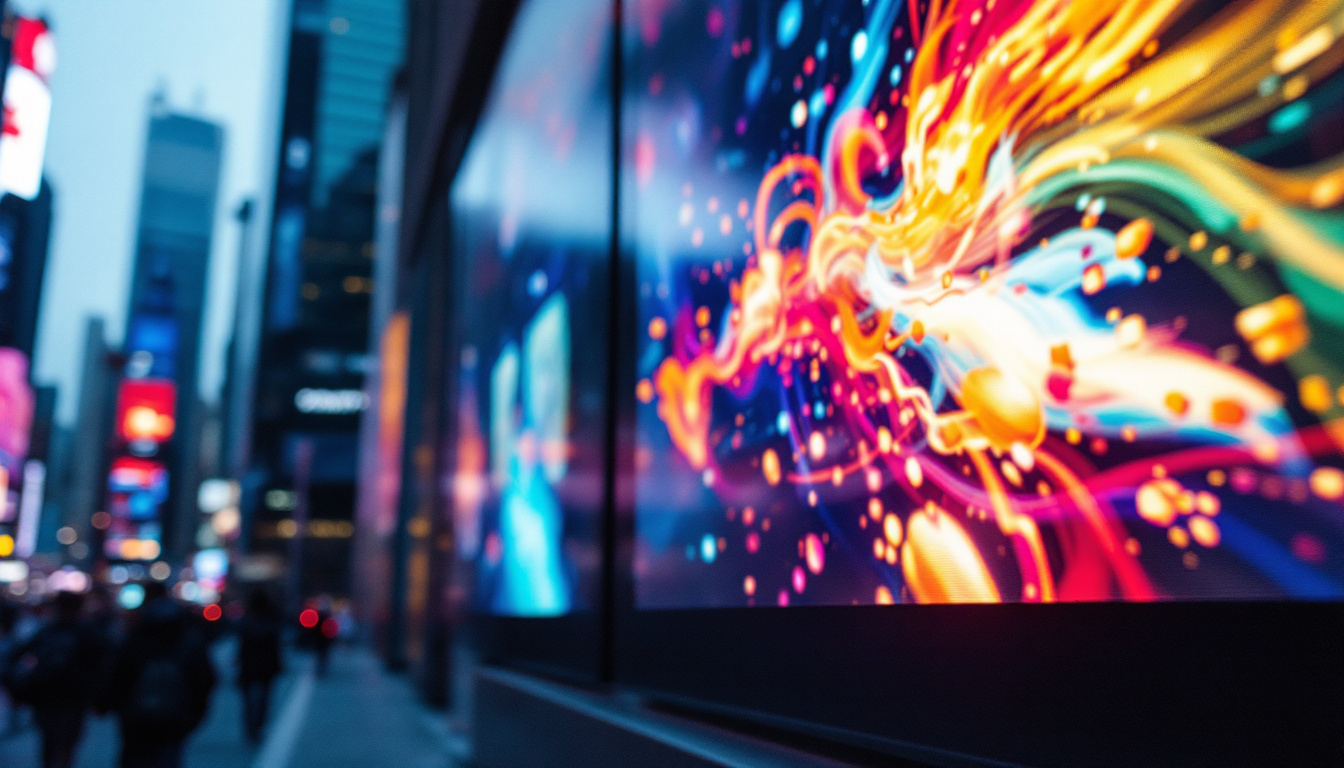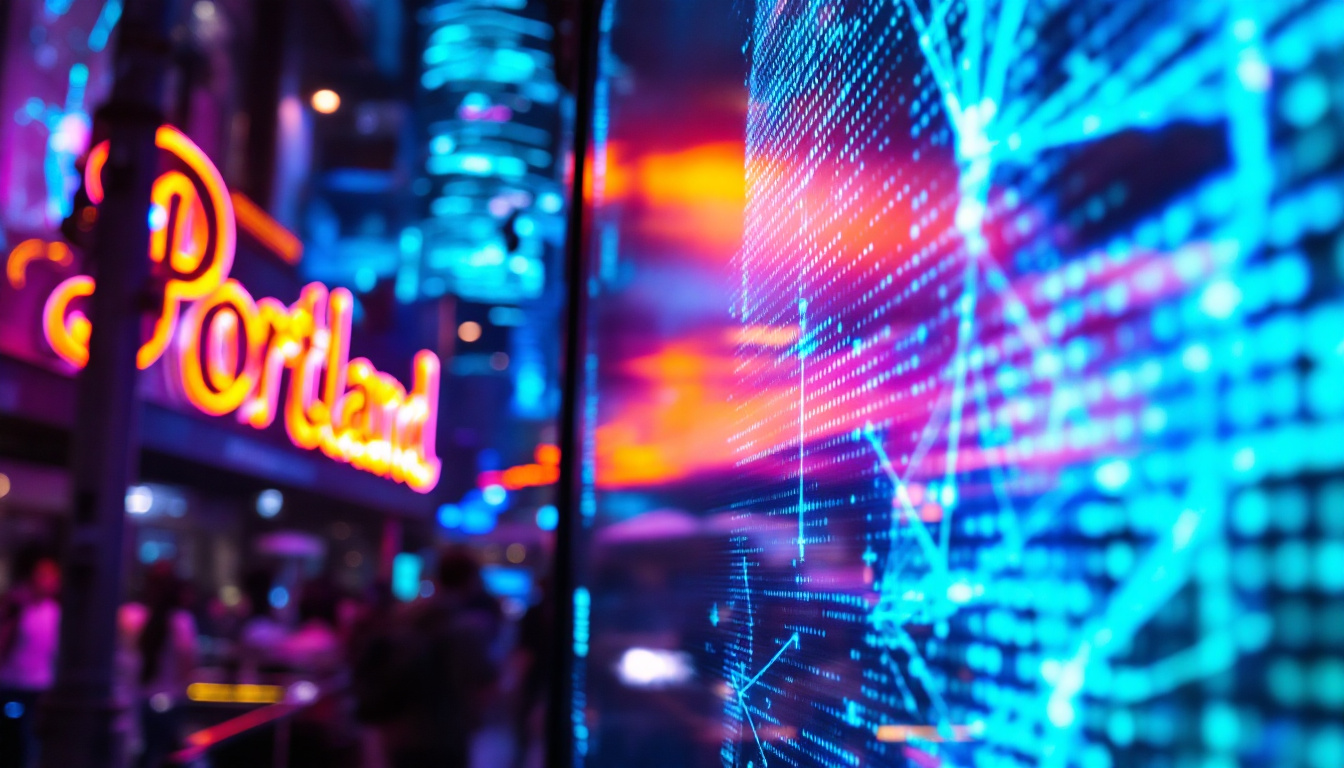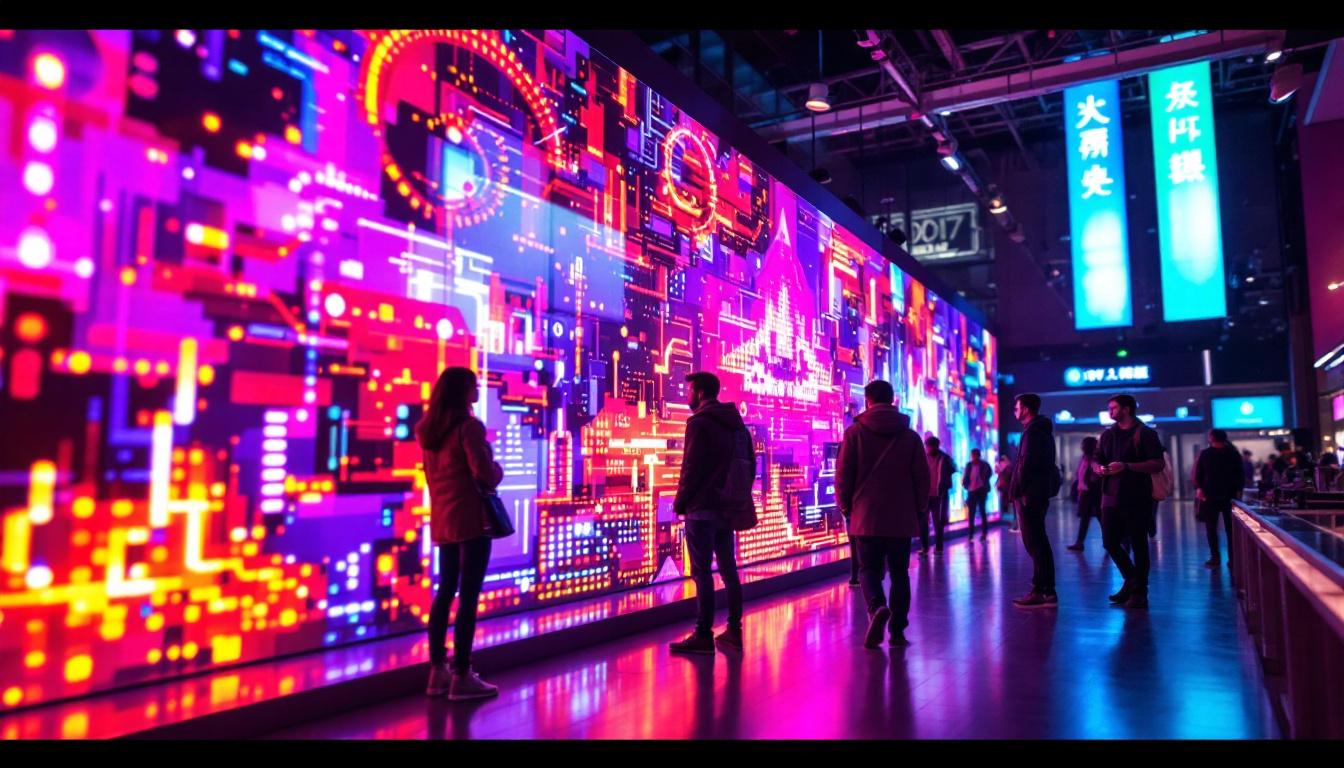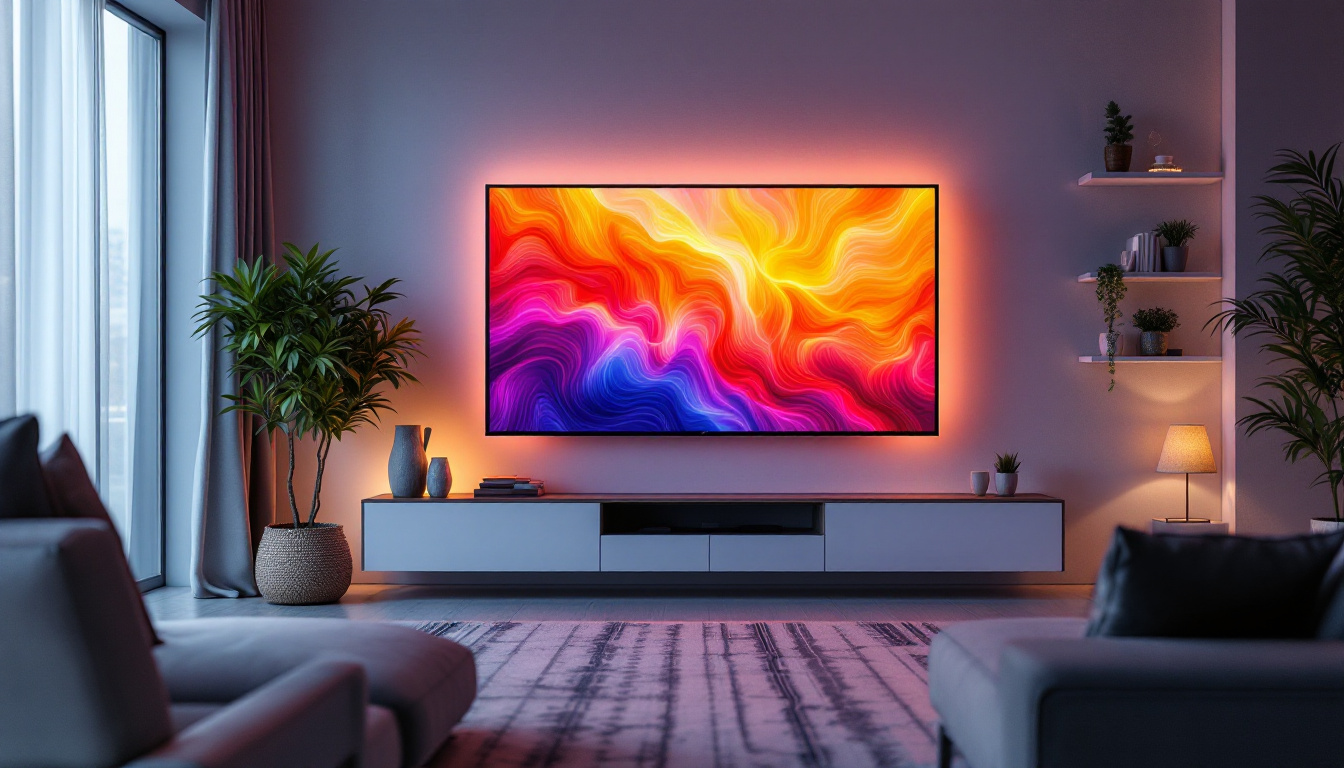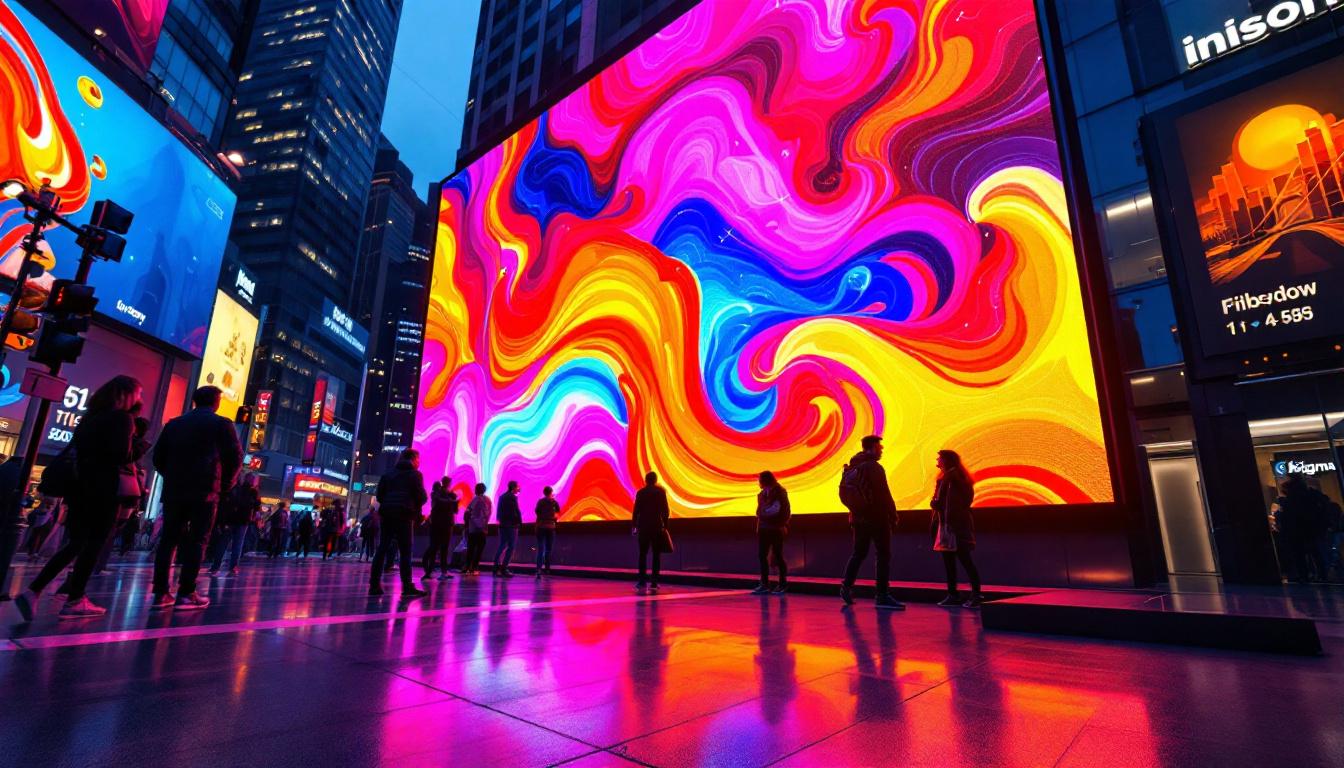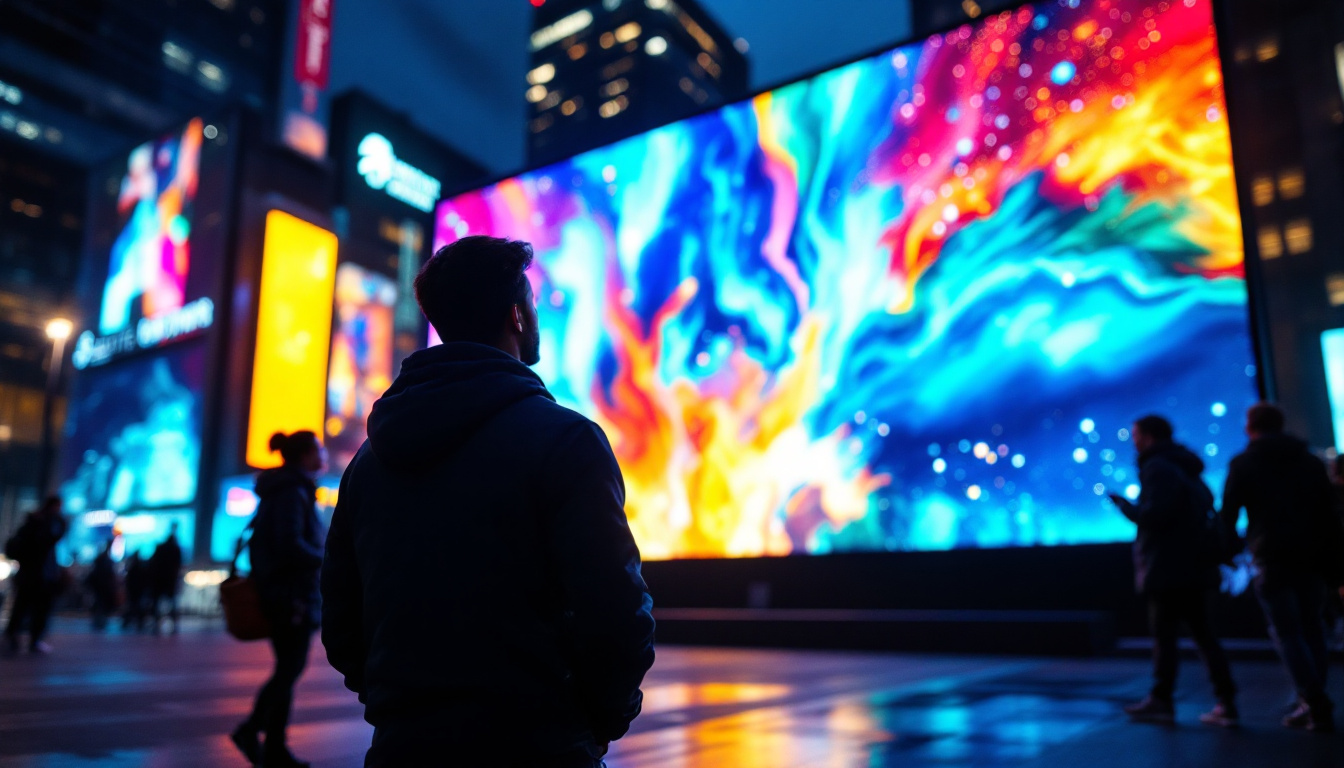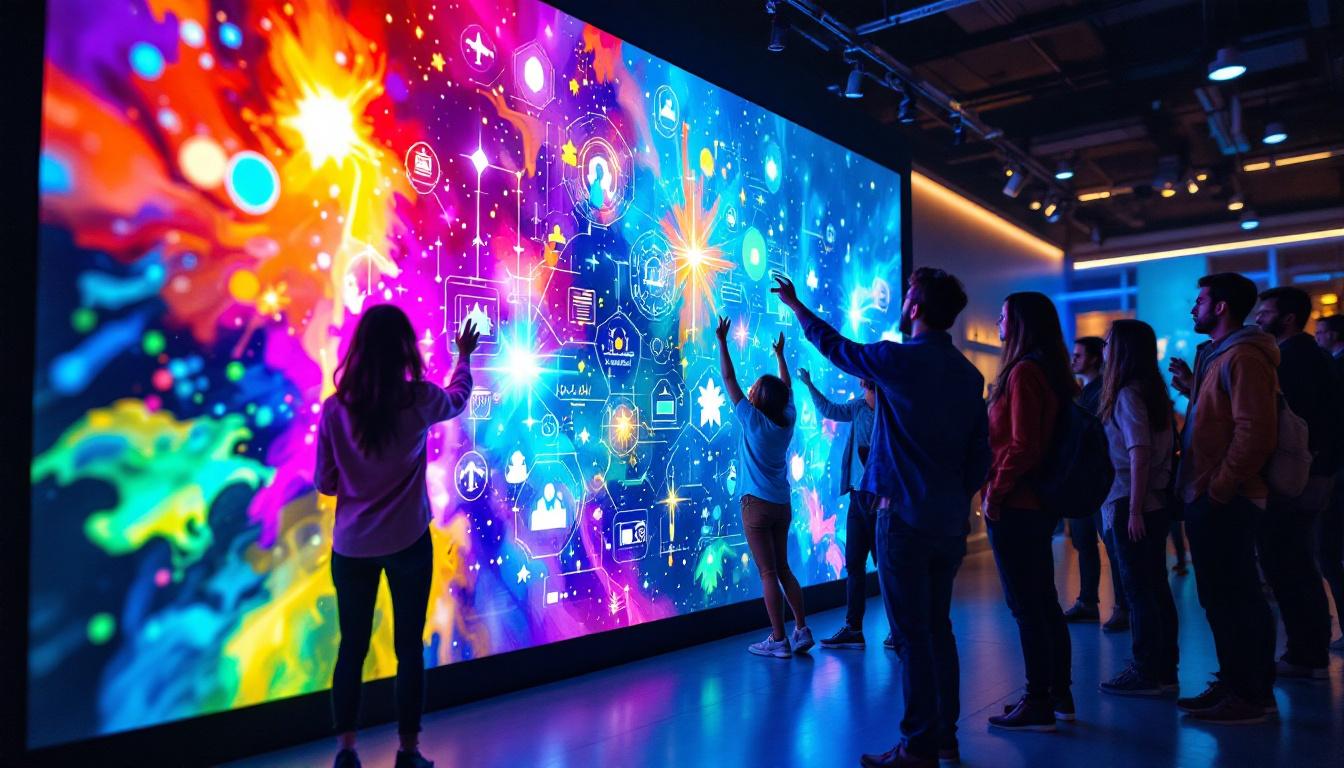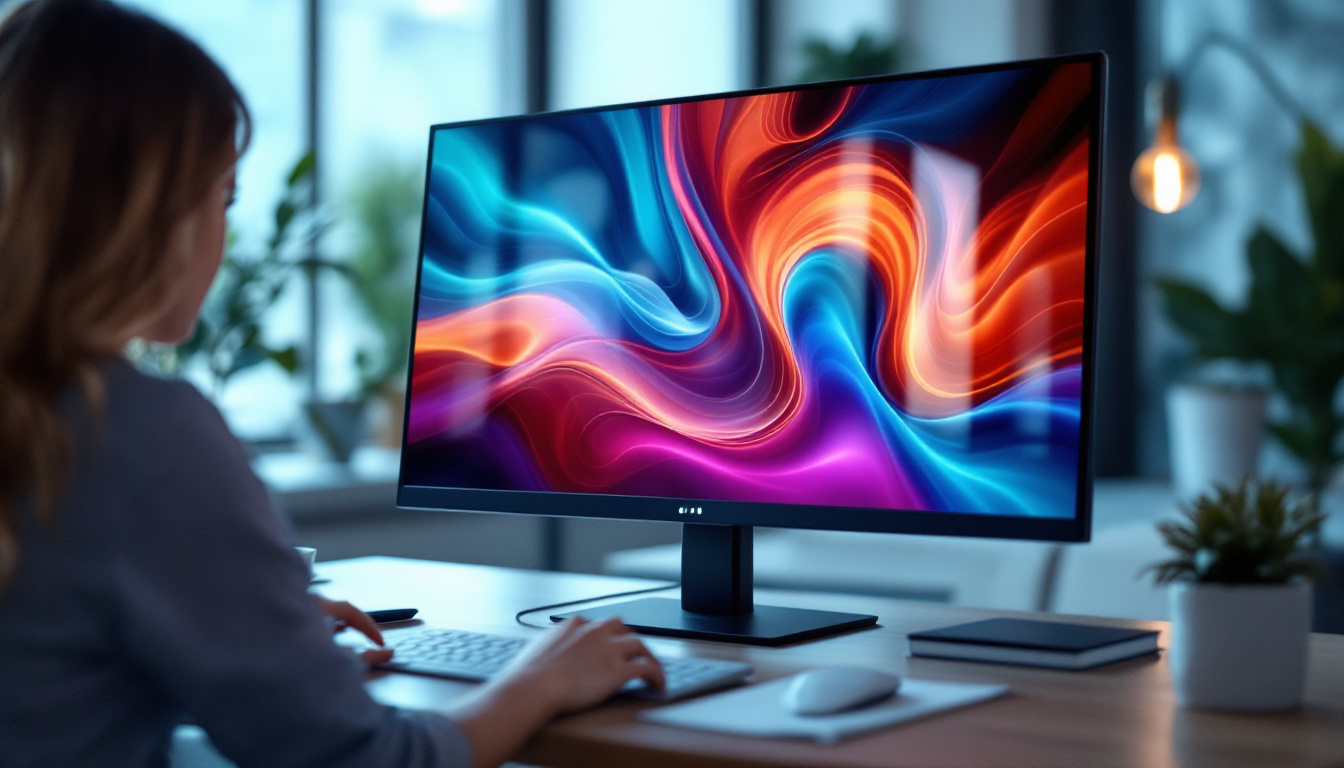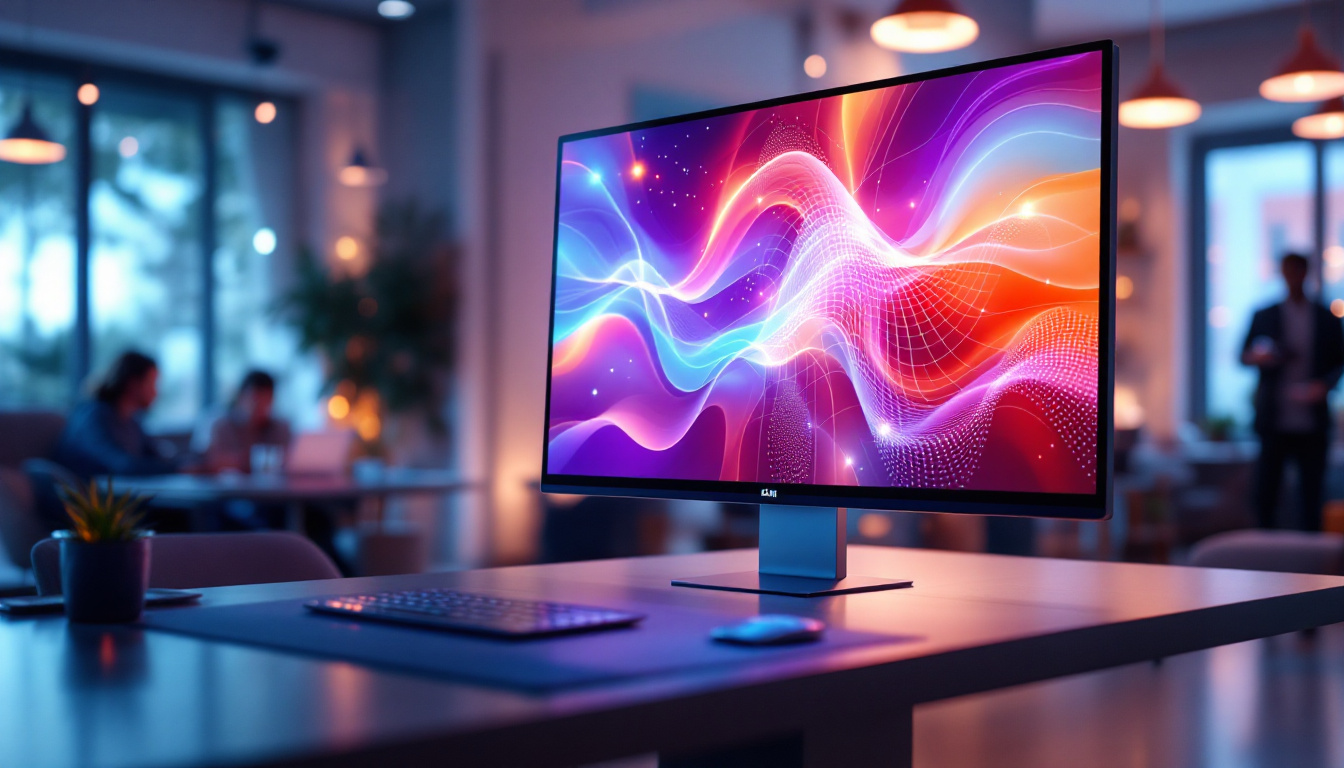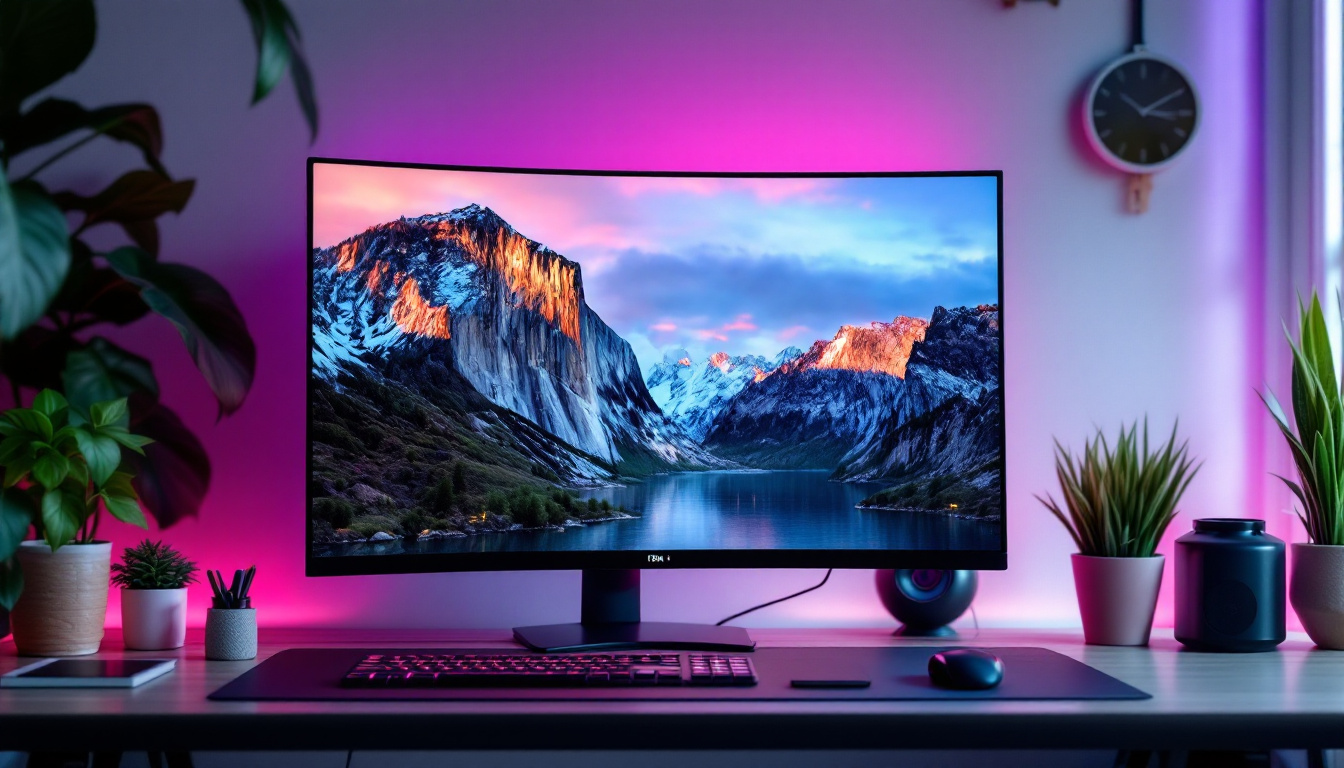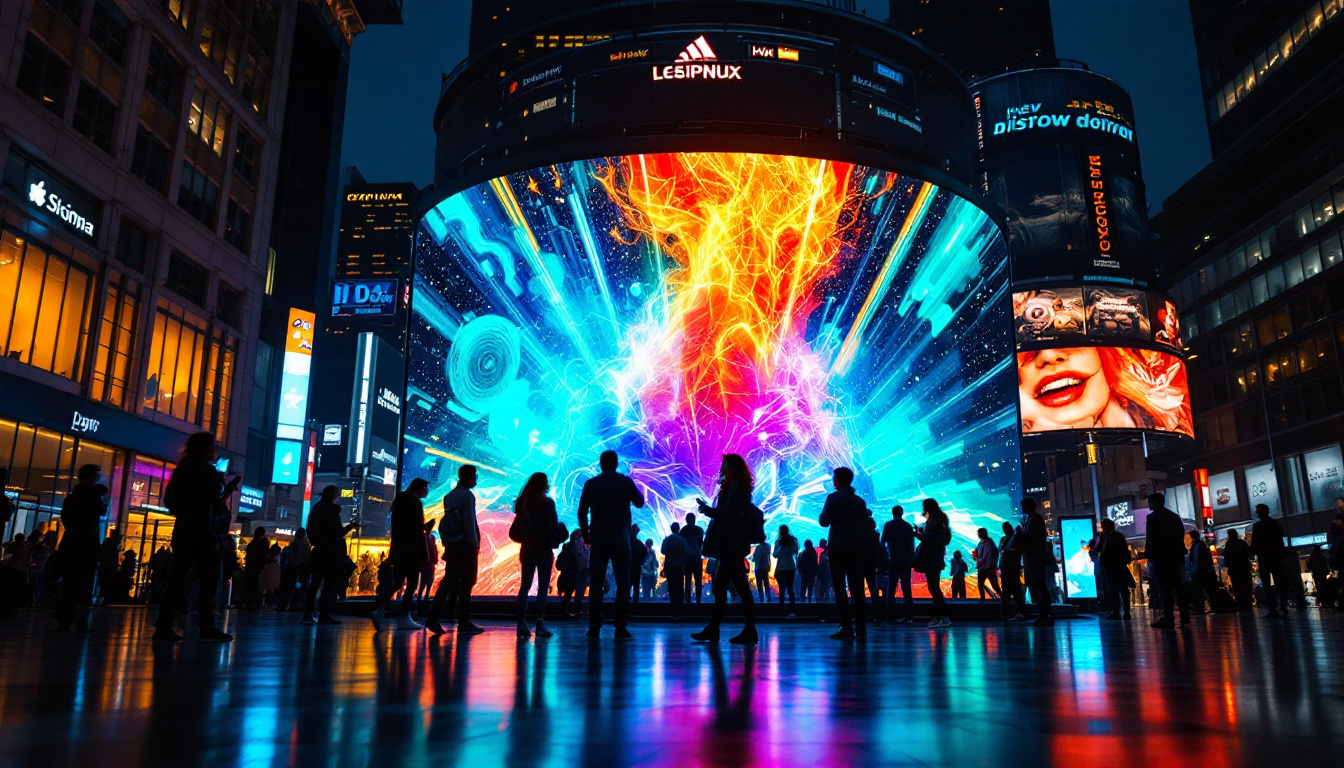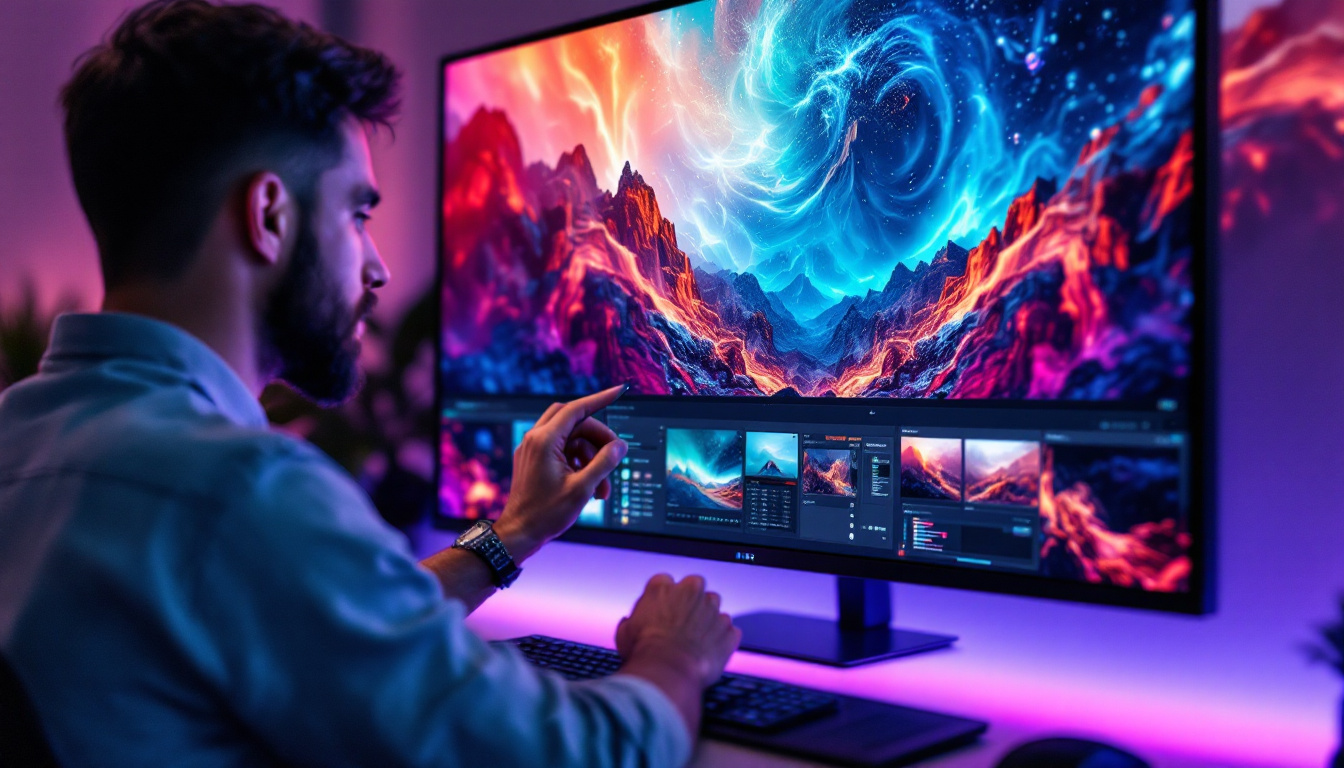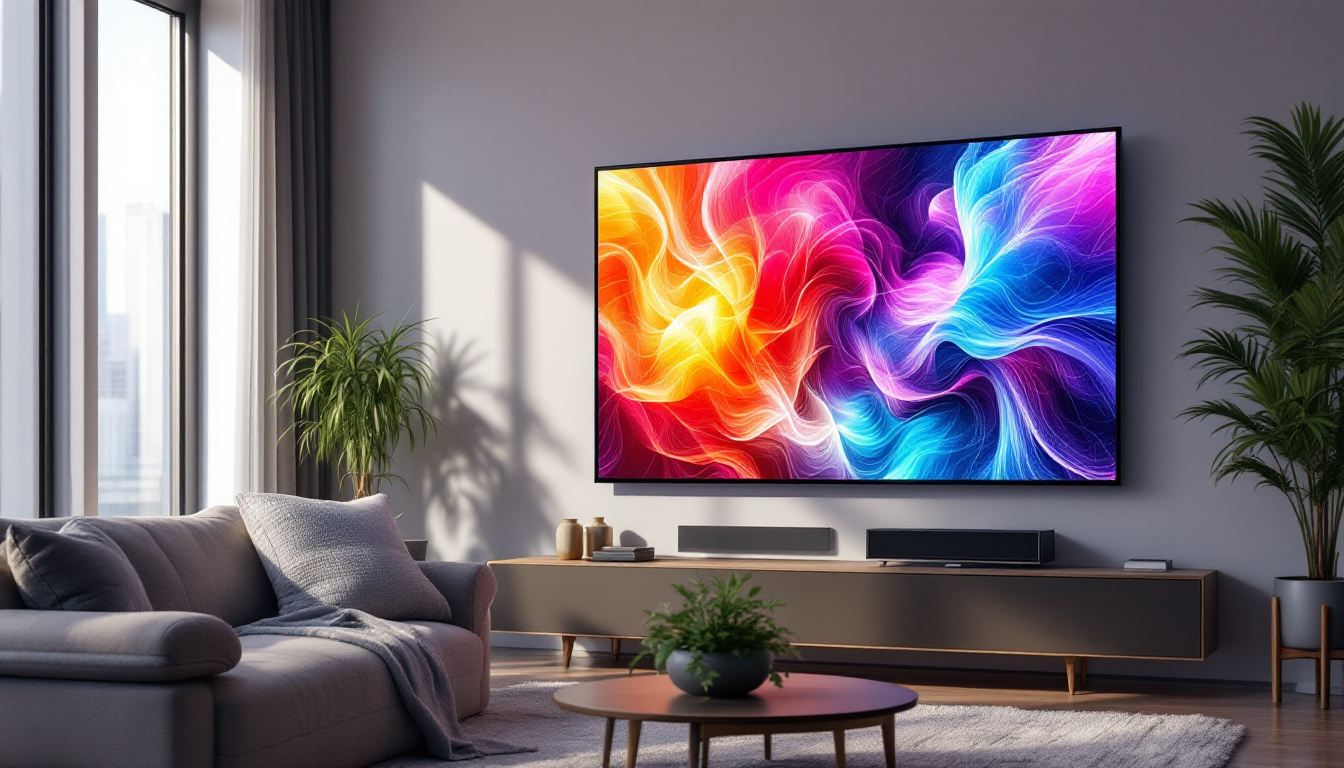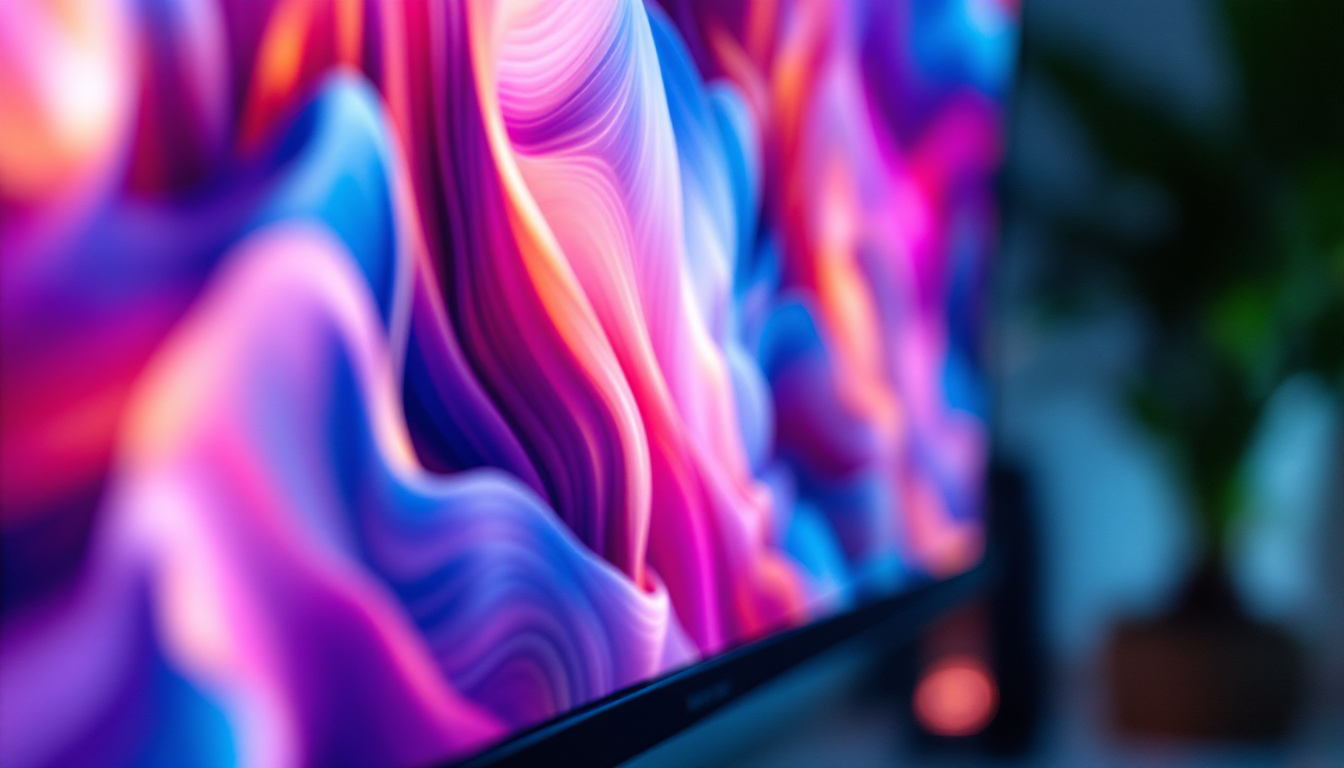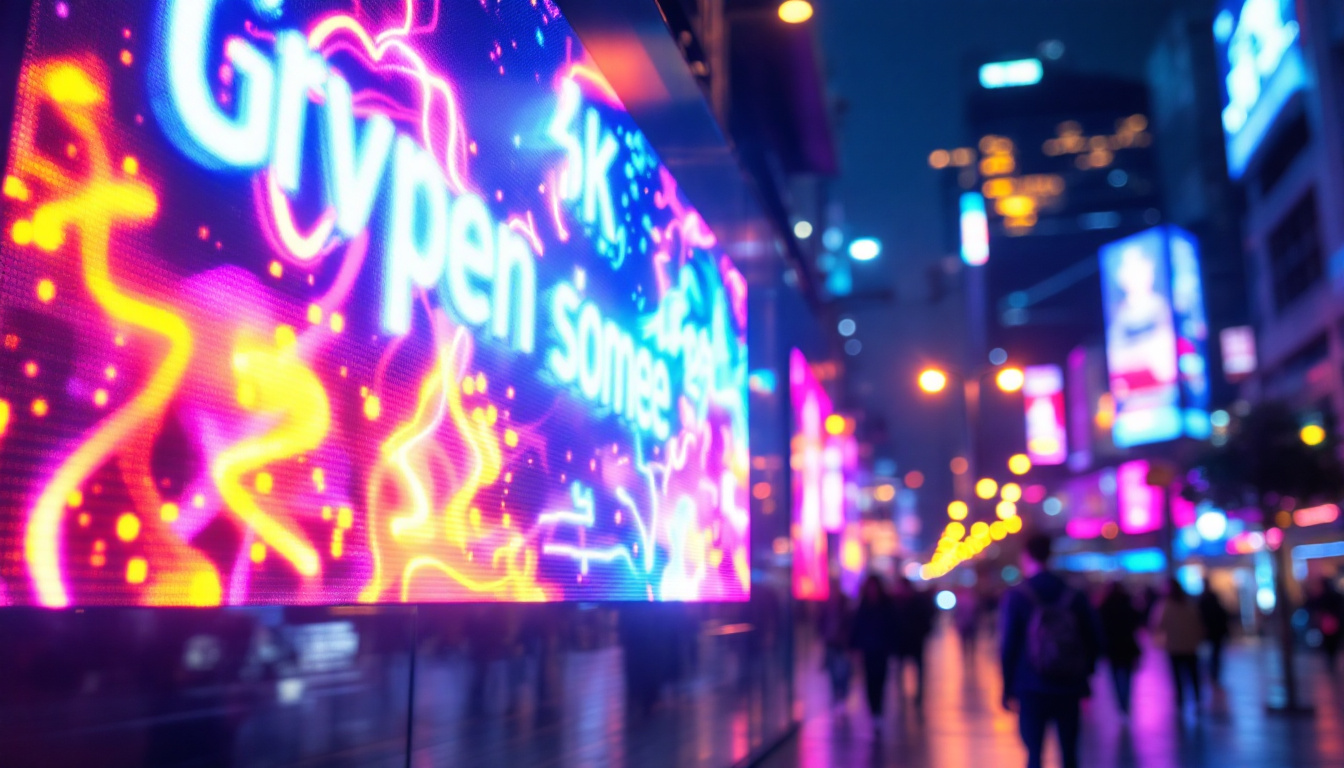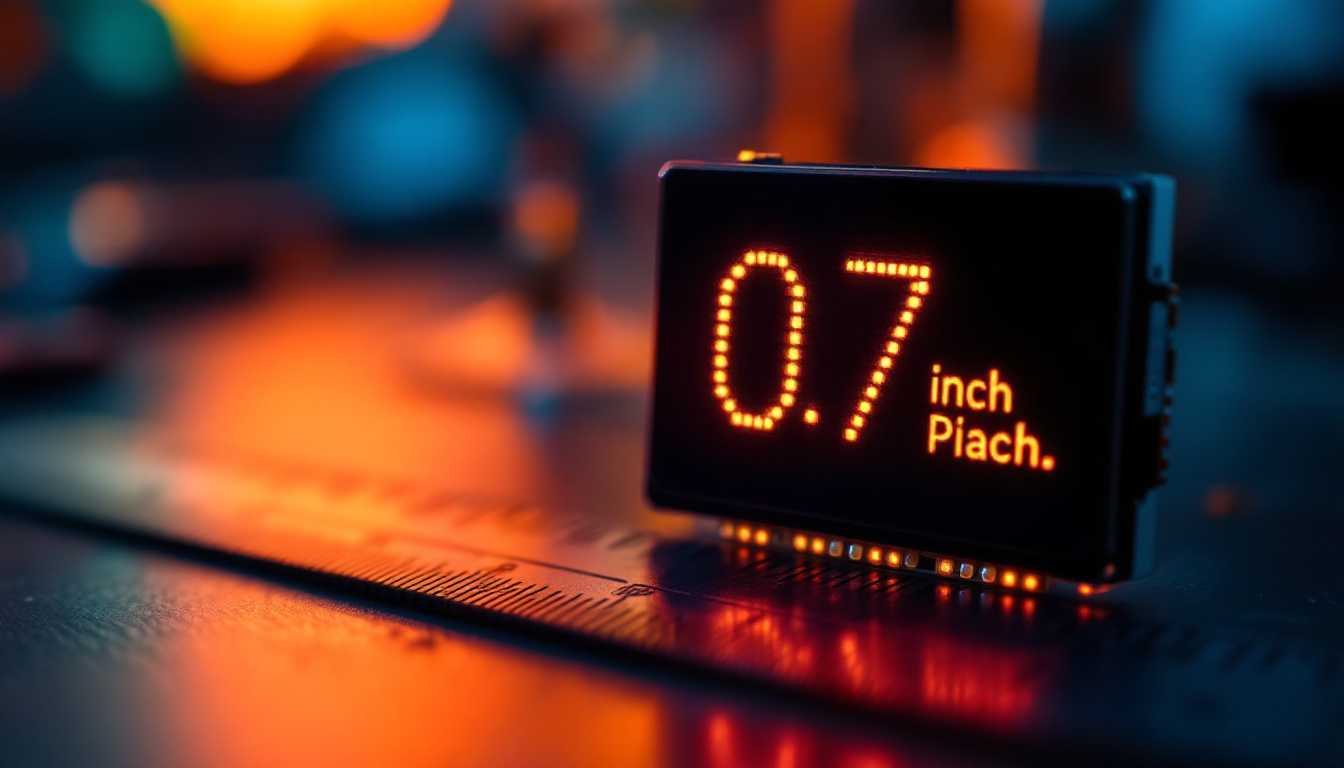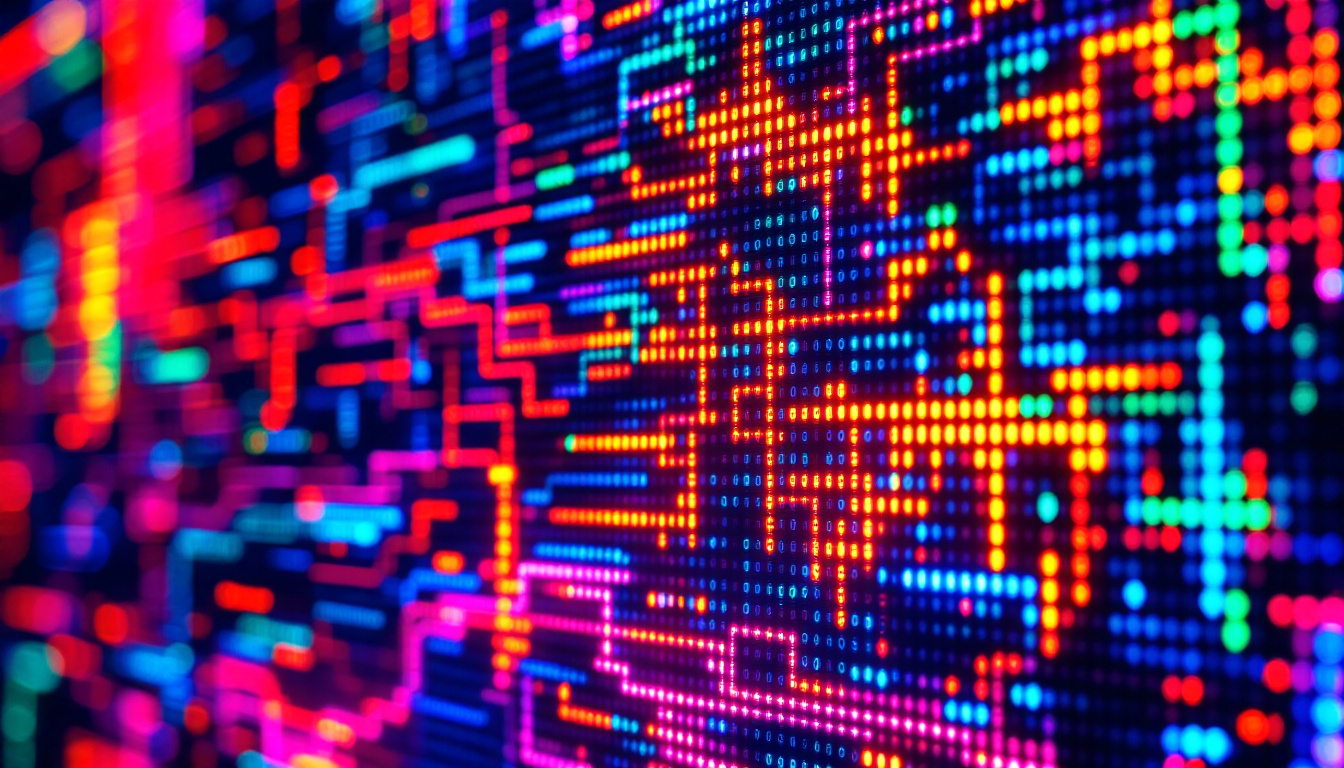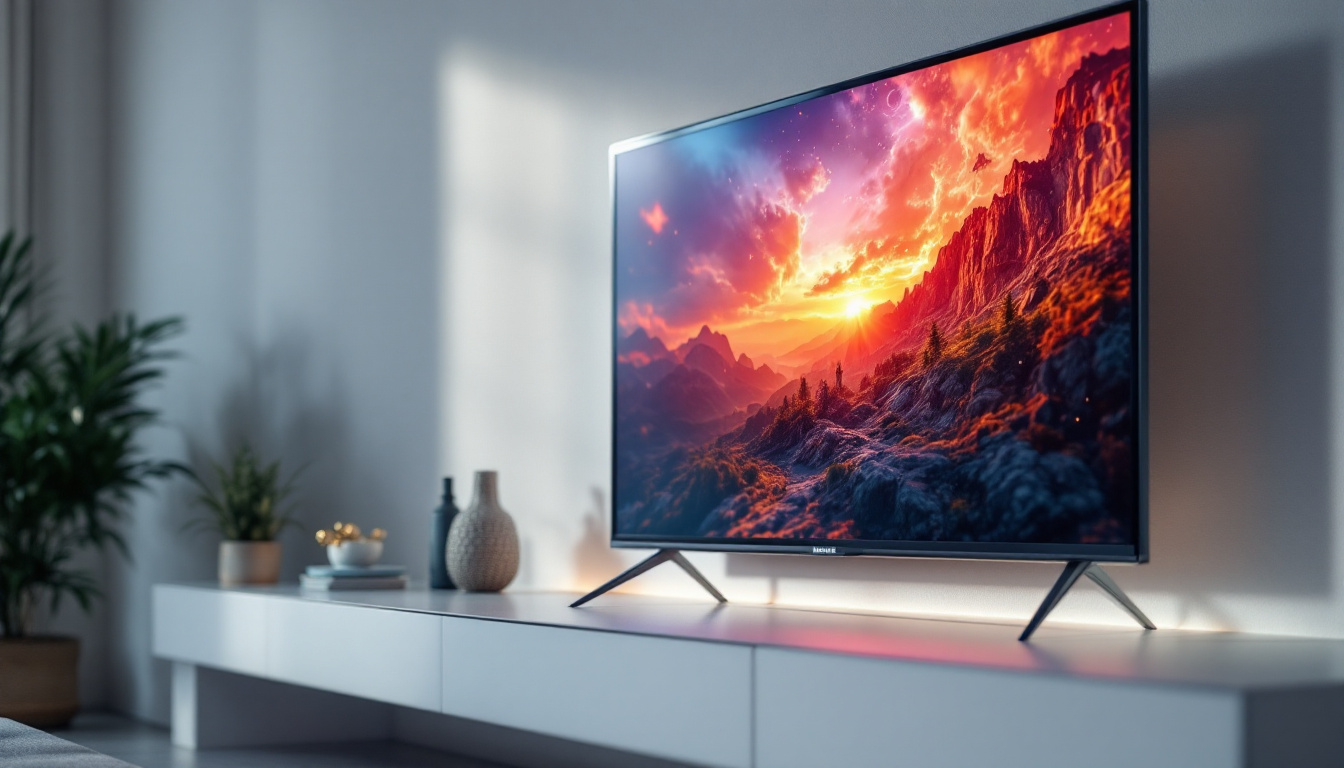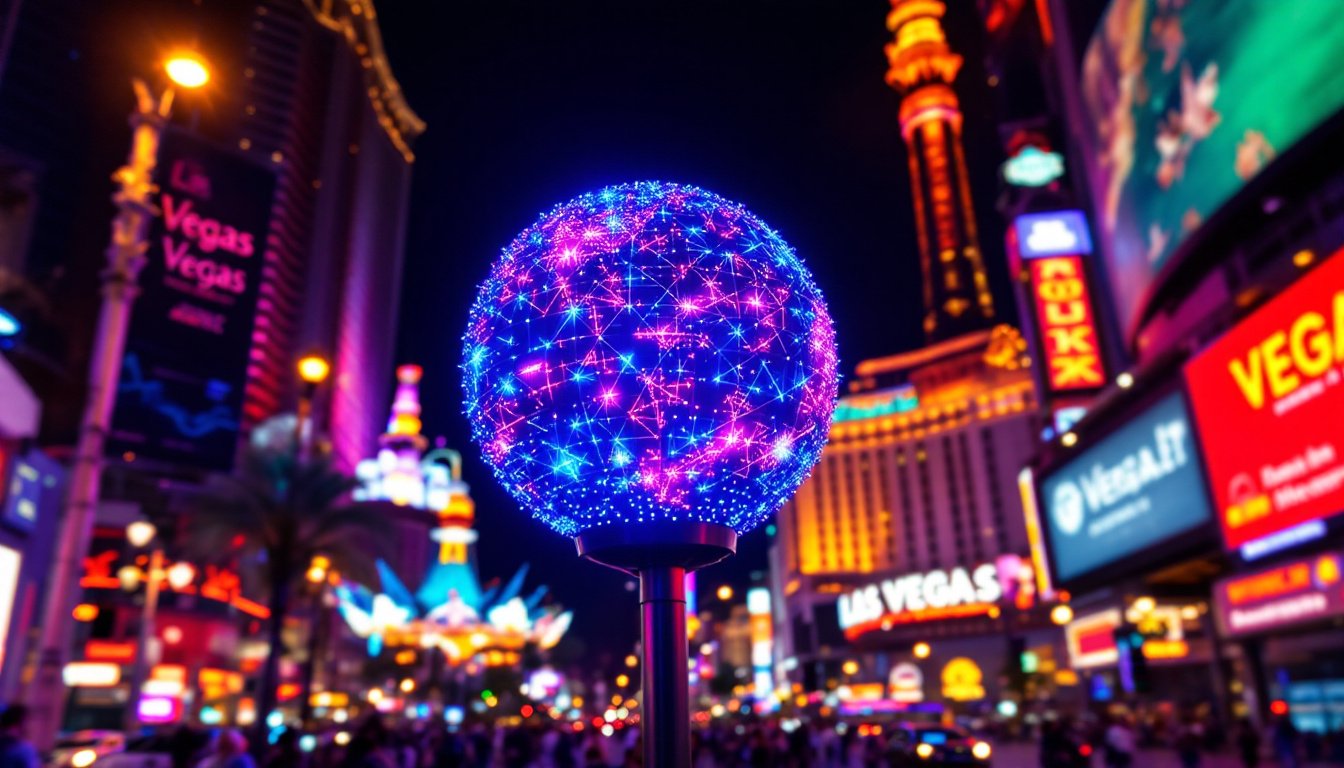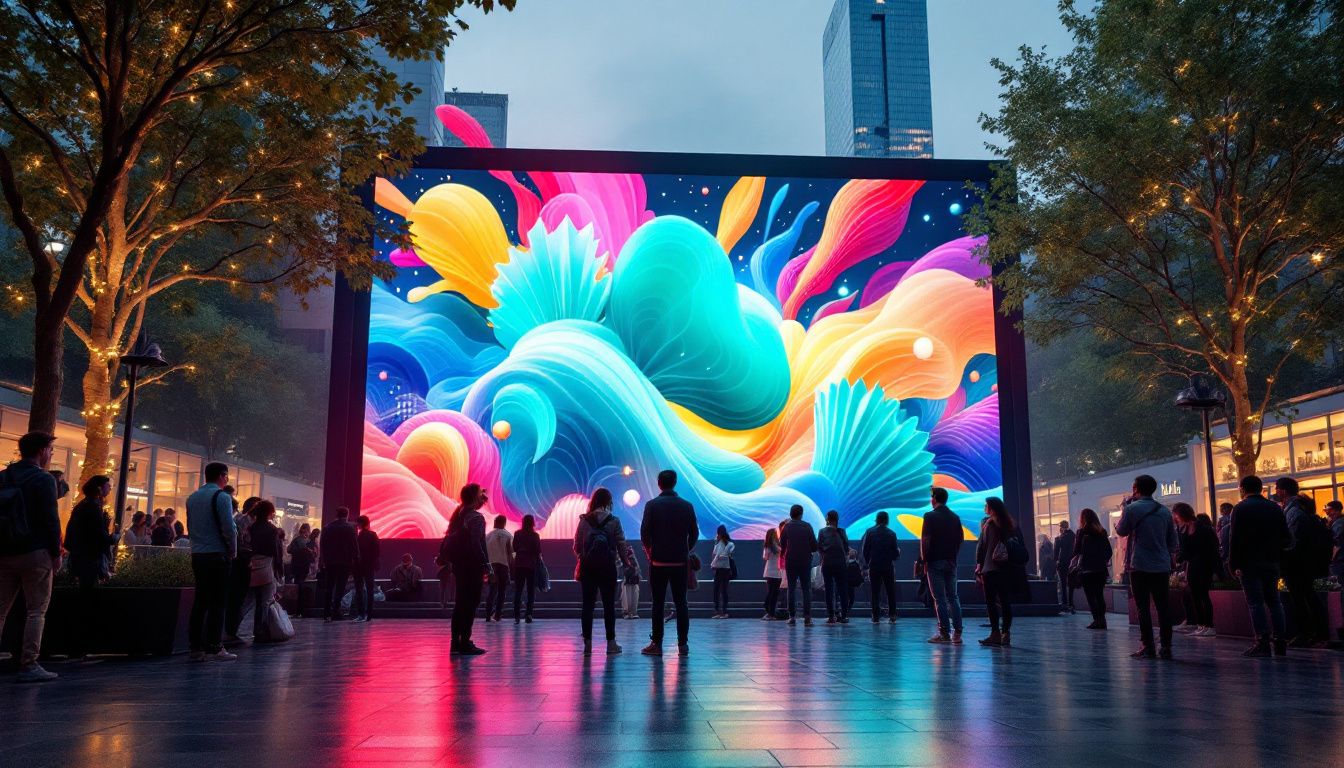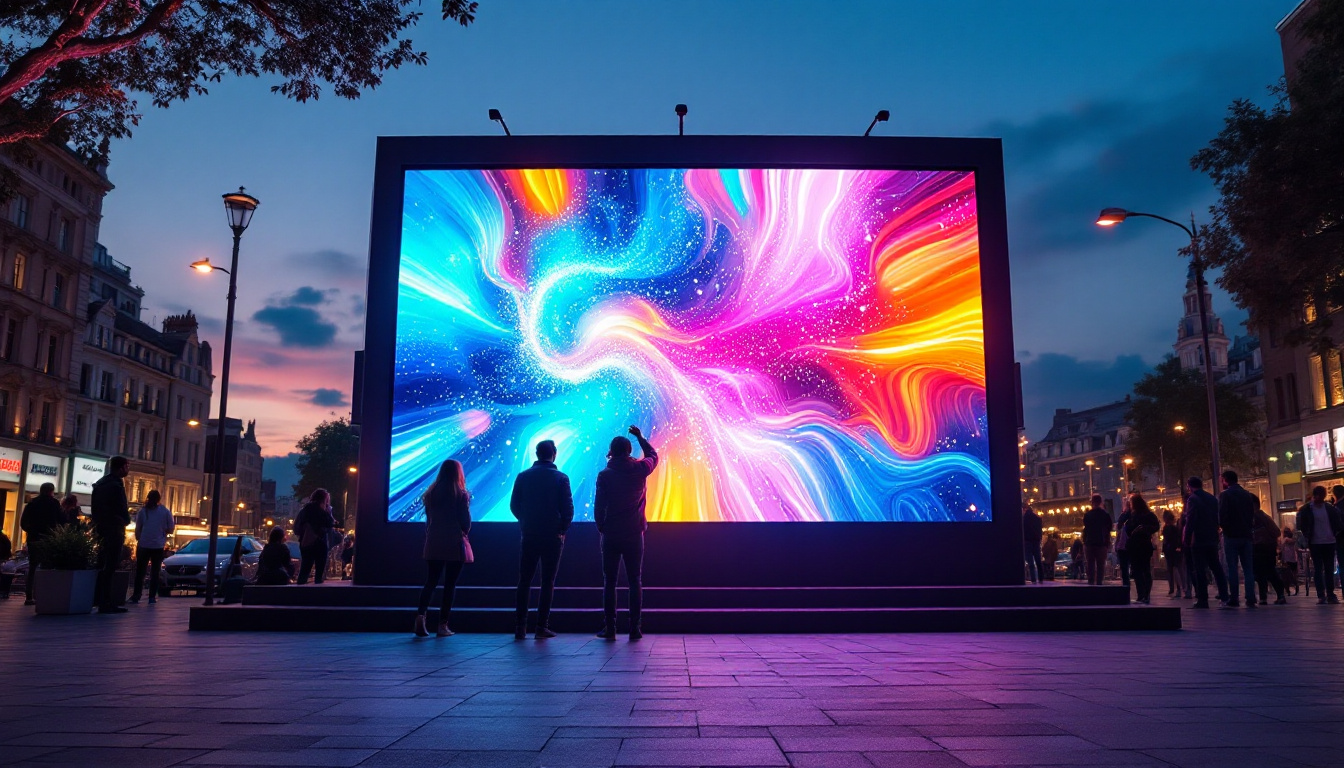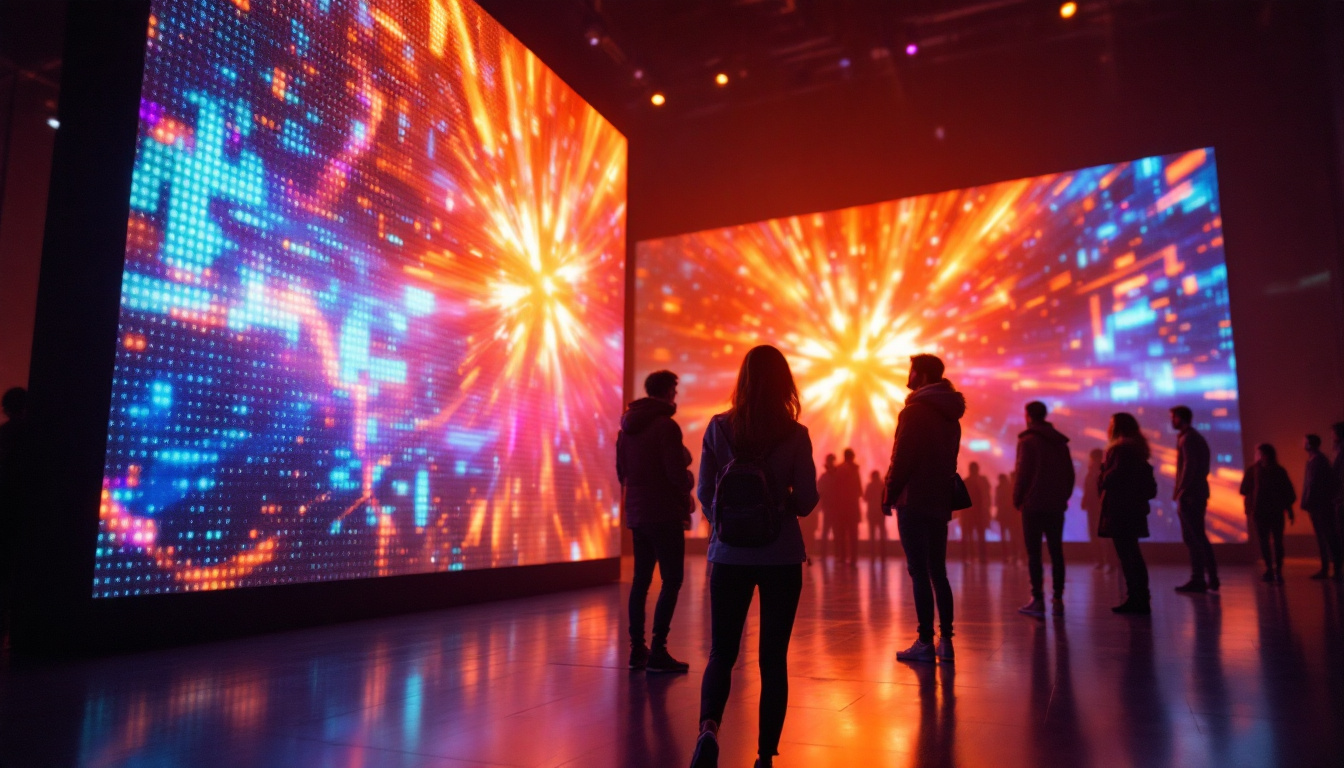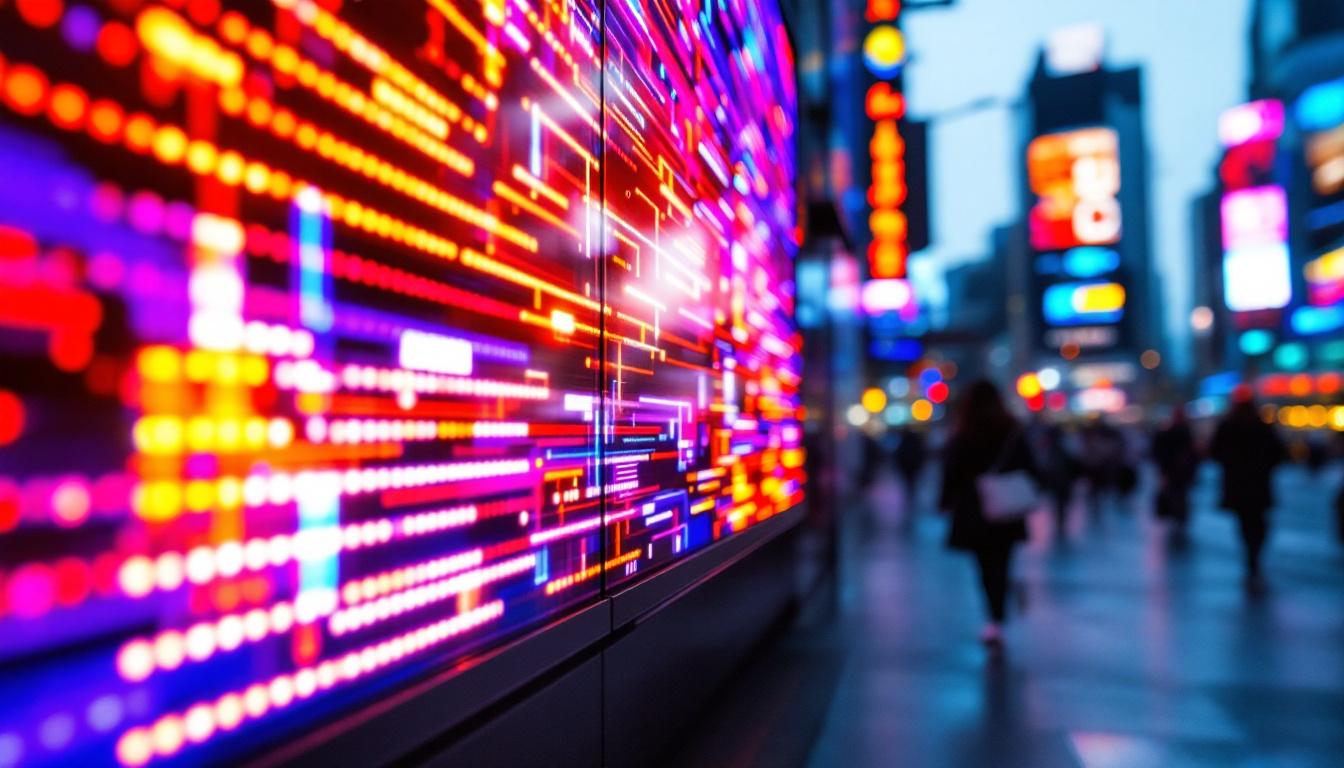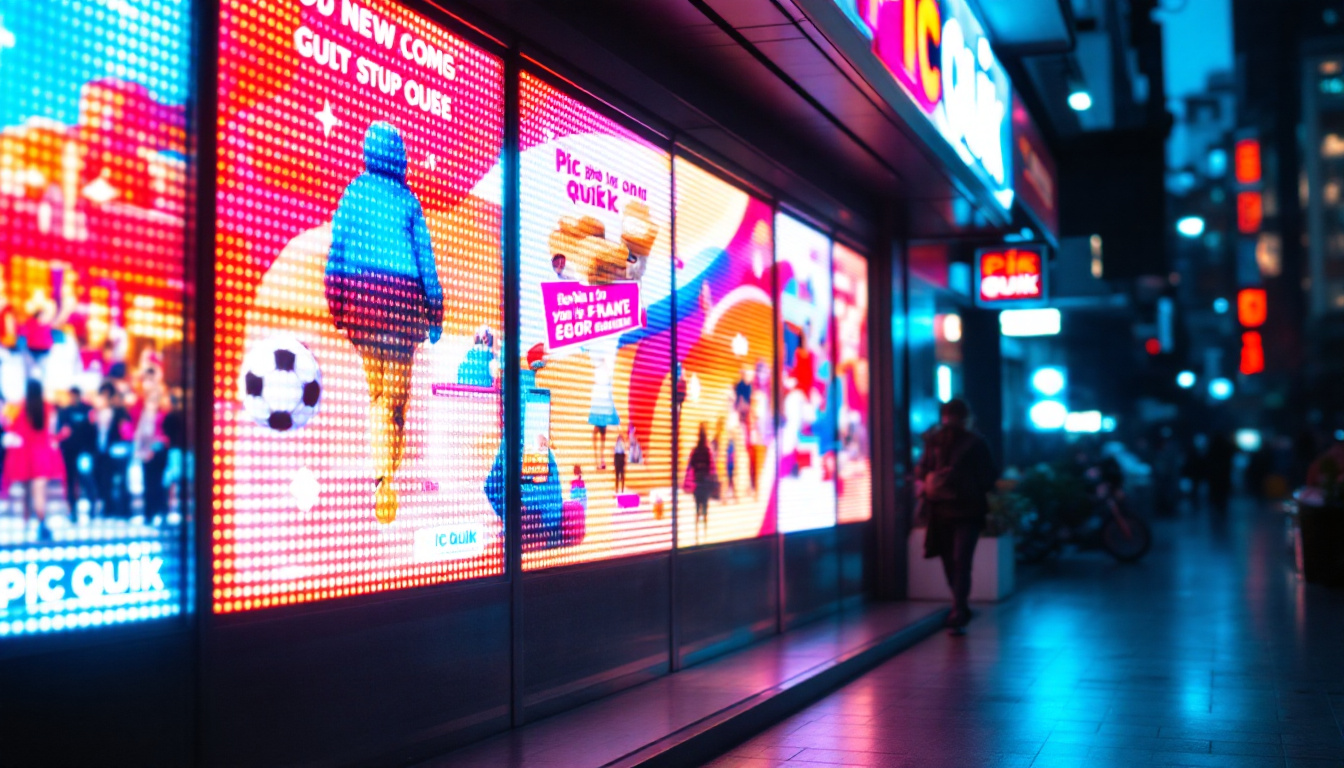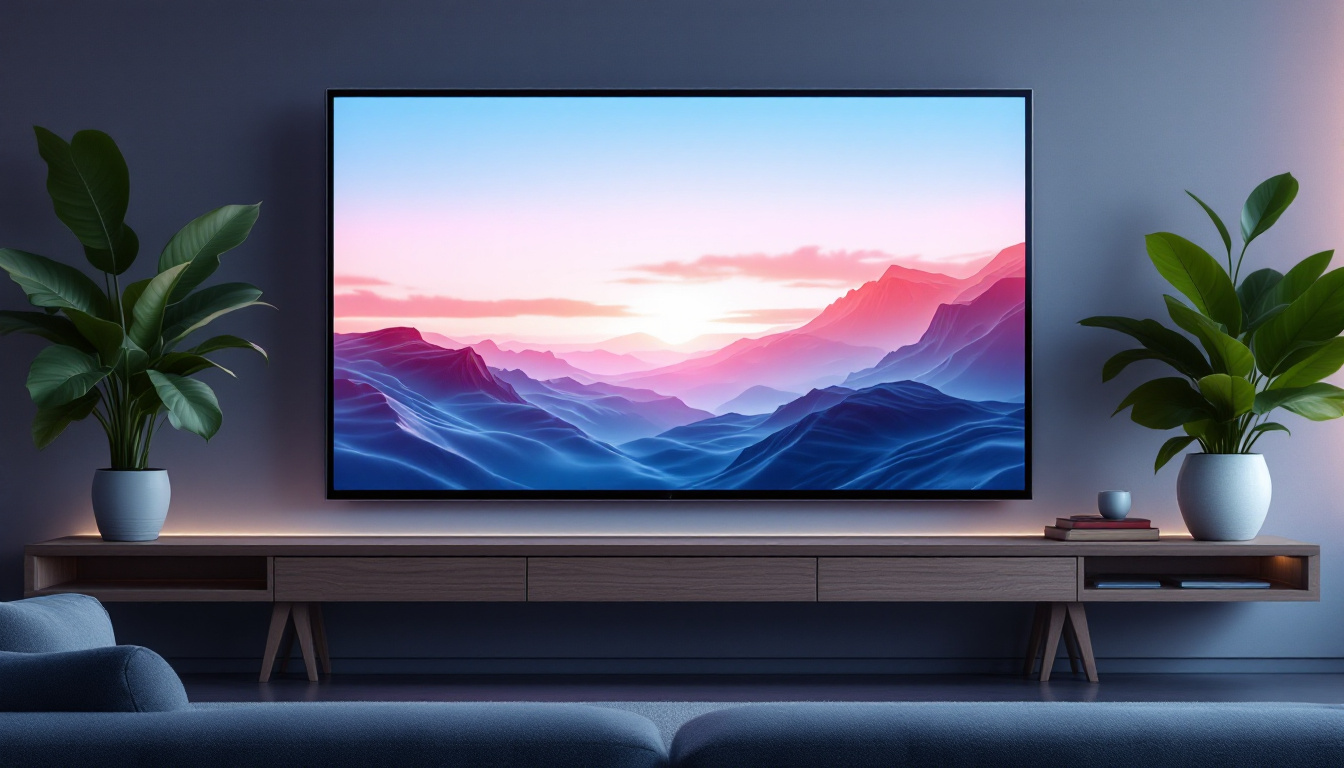In today’s digital age, the way we communicate and share information has evolved dramatically. One of the most significant advancements in visual technology is the development of LED displays. These displays have transformed various industries, from advertising to entertainment, and even in our homes. This article delves into the intricacies of LED displays, exploring their technology, applications, advantages, and future trends.
Understanding LED Technology
LED, or Light Emitting Diode, is a semiconductor device that emits light when an electric current passes through it. This technology has been around for decades, but its application in display technology has gained momentum in recent years. The fundamental principle behind LED displays is relatively simple yet effective, enabling vibrant and energy-efficient visual presentations.
How LED Displays Work
At the core of an LED display is a matrix of tiny light-emitting diodes. Each diode can be individually controlled, allowing for the creation of complex images and videos. The colors produced by the LEDs are a result of the materials used in their construction, with red, green, and blue (RGB) being the primary colors. By adjusting the intensity of these colors, a full spectrum of hues can be achieved, resulting in stunning visuals.
LED displays can be categorized into two main types: direct-view and rear-projection. Direct-view LED displays consist of an array of LEDs that are visible from the front, while rear-projection displays utilize a combination of LEDs and projectors to create images. Each type has its unique advantages and applications, making them suitable for various environments.
Types of LED Displays
LED displays come in several forms, each designed for specific uses. The most common types include:
- Indoor LED Displays: These displays are typically used in venues such as theaters, shopping malls, and conference rooms. They offer high resolution and brightness, ensuring clear visibility in well-lit environments.
- Outdoor LED Displays: Built to withstand harsh weather conditions, outdoor LED displays are often used for billboards, sports arenas, and public events. They are designed to be highly visible even in direct sunlight.
- Transparent LED Displays: A newer innovation in the market, transparent LED displays allow for visibility through the screen while still displaying images and videos. This technology is particularly popular in retail environments, where it can enhance product displays without obstructing views.
Applications of LED Displays
The versatility of LED displays has led to their adoption across a wide range of industries. Their ability to produce high-quality visuals in various settings makes them an ideal choice for numerous applications.
Advertising and Marketing
One of the most prominent uses of LED displays is in advertising. Businesses leverage these vibrant screens to capture the attention of potential customers. Whether it’s a large billboard in a bustling city or a digital signage display in a retail store, LED technology allows for dynamic content that can be updated in real-time. This flexibility enables marketers to tailor their messages based on audience demographics and current events.
Moreover, LED displays can be programmed to showcase multiple advertisements in a single location, maximizing exposure and engagement. The use of bright colors and moving images makes these displays particularly effective in crowded environments, where they stand out against traditional static signage.
Entertainment and Events
In the entertainment industry, LED displays have revolutionized the way audiences experience live events. Concerts, sports games, and festivals utilize large LED screens to enhance the visual experience. These displays can show live feeds, graphics, and animations, creating an immersive atmosphere for attendees.
Furthermore, LED technology is also used in theatrical productions and film sets. The ability to create dynamic backgrounds and visuals on stage enhances storytelling and captivates audiences. The integration of LED displays in these settings has led to more creative possibilities, allowing for stunning visual effects that were previously challenging to achieve.
Corporate and Educational Use
LED displays have found their way into corporate environments and educational institutions as well. In corporate settings, they are used for presentations, meetings, and training sessions, providing clear visuals that enhance communication. The ability to display data, graphs, and videos in high resolution ensures that information is conveyed effectively.
In educational institutions, LED displays serve as valuable teaching tools. They can be used in classrooms to present lessons, show educational videos, or facilitate interactive learning experiences. The engaging nature of LED displays helps capture students’ attention and fosters a more dynamic learning environment.
Advantages of LED Displays
LED displays offer numerous advantages over traditional display technologies, making them a preferred choice for many applications. Understanding these benefits can help businesses and organizations make informed decisions about their visual communication strategies.
Energy Efficiency
One of the most significant advantages of LED displays is their energy efficiency. Compared to traditional LCD or CRT displays, LED technology consumes significantly less power. This not only reduces operational costs but also contributes to a smaller carbon footprint, making LED displays an environmentally friendly option.
Additionally, LED displays have a longer lifespan than their counterparts. With proper maintenance, an LED display can last for over 100,000 hours, reducing the need for frequent replacements and further lowering costs over time.
Brightness and Visibility
LED displays are known for their exceptional brightness, making them highly visible in various lighting conditions. This is particularly important for outdoor applications, where sunlight can wash out the images on traditional displays. The high brightness levels of LED technology ensure that content remains clear and vibrant, even in direct sunlight.
Moreover, LED displays offer wide viewing angles, allowing audiences to see the content from different perspectives without losing image quality. This feature is crucial in environments such as stadiums and large venues, where viewers may be positioned at various distances and angles from the screen.
Flexibility and Customization
The modular nature of LED displays allows for a high degree of flexibility and customization. They can be configured in various shapes and sizes to fit specific spaces and design requirements. This adaptability makes LED displays suitable for a wide range of applications, from small retail screens to massive outdoor billboards.
Furthermore, the content displayed on LED screens can be easily updated or changed, allowing businesses to keep their messaging fresh and relevant. This real-time adaptability is a significant advantage in fast-paced environments where information needs to be communicated quickly and effectively.
Challenges and Considerations
While LED displays offer numerous benefits, they are not without their challenges. Understanding these challenges can help organizations make informed decisions regarding their use and implementation.
Initial Costs
The initial investment for LED displays can be higher than traditional display technologies. The cost of purchasing and installing high-quality LED screens can be a barrier for some businesses, particularly small enterprises. However, it is essential to consider the long-term savings associated with energy efficiency and durability when evaluating the overall cost.
In many cases, the return on investment can be substantial, especially for businesses that rely heavily on visual communication for marketing and engagement. As technology continues to advance, prices are expected to decrease, making LED displays more accessible to a broader range of users.
Maintenance and Technical Expertise
While LED displays are known for their longevity, they do require regular maintenance to ensure optimal performance. Dust, dirt, and environmental factors can affect the display’s brightness and clarity over time. Organizations must be prepared to invest in maintenance and cleaning to keep their displays in top condition.
Additionally, operating LED displays may require technical expertise, particularly for larger installations. Organizations may need to hire specialized personnel or engage third-party services to manage their displays effectively. This requirement can add to the overall operational costs and should be factored into the decision-making process.
Content Creation and Management
Creating engaging content for LED displays is crucial for maximizing their effectiveness. Organizations must invest time and resources into developing high-quality visuals that capture the audience’s attention. This can involve hiring graphic designers or utilizing content management systems to streamline the process.
Moreover, keeping content fresh and relevant is essential for maintaining audience engagement. Organizations should establish a strategy for regularly updating their messaging to reflect current trends, promotions, or events.
The Future of LED Displays
The future of LED displays looks promising, with ongoing advancements in technology and design. As industries continue to embrace digital transformation, LED displays are expected to play a pivotal role in shaping visual communication.
Innovations in Technology
Emerging technologies, such as microLED and OLED, are set to enhance the capabilities of LED displays further. MicroLED technology offers even smaller pixels, resulting in higher resolution and improved image quality. This innovation could lead to the development of ultra-thin displays that are lightweight and flexible, opening up new possibilities for design and installation.
Additionally, advancements in artificial intelligence and machine learning are expected to impact content management for LED displays. Automated systems may be developed to analyze audience behavior and optimize content delivery, ensuring that messages resonate with viewers in real-time.
Integration with Smart Technology
As smart technology continues to advance, the integration of LED displays with IoT (Internet of Things) devices is likely to become more prevalent. This integration could enable displays to interact with other connected devices, allowing for a more personalized and engaging user experience.
For instance, LED displays in retail environments could be programmed to change content based on customer demographics or preferences, creating a tailored shopping experience. This level of customization could lead to increased customer satisfaction and loyalty.
Expanding Applications
The applications of LED displays are expected to expand into new industries and sectors. As technology becomes more affordable and accessible, smaller businesses and organizations will likely adopt LED displays for their marketing and communication needs.
Furthermore, the rise of virtual and augmented reality is likely to influence the design and use of LED displays. These technologies could be combined to create immersive experiences that blur the lines between digital and physical environments, providing audiences with unparalleled engagement.
Conclusion
LED displays have undoubtedly transformed the landscape of visual communication, offering vibrant, energy-efficient, and versatile solutions for various applications. As technology continues to evolve, the potential for LED displays is limitless. By understanding the benefits, challenges, and future trends associated with LED technology, businesses and organizations can make informed decisions that enhance their visual communication strategies and engage audiences effectively.
In an era where attention spans are short and competition is fierce, investing in high-quality LED displays can provide a significant advantage. Whether for advertising, entertainment, education, or corporate communication, LED displays are poised to remain at the forefront of visual technology for years to come.
Explore Cutting-Edge LED Display Solutions with LumenMatrix
Ready to elevate your visual communication strategy with the latest in LED display technology? Look no further than LumenMatrix. As a pioneer in the industry, we offer an extensive range of LED display modules designed to capture attention and immerse audiences. From Indoor and Outdoor LED Walls to innovative solutions like Vehicle, Sports, and Floor LED Displays, our mission is to revolutionize your visual experience. Discover how our Custom, All-in-One, and Transparent LED Displays can transform your brand’s presence. Check out LumenMatrix LED Display Solutions today and step into the future of vibrant, energy-efficient, and dynamic visual communication.

